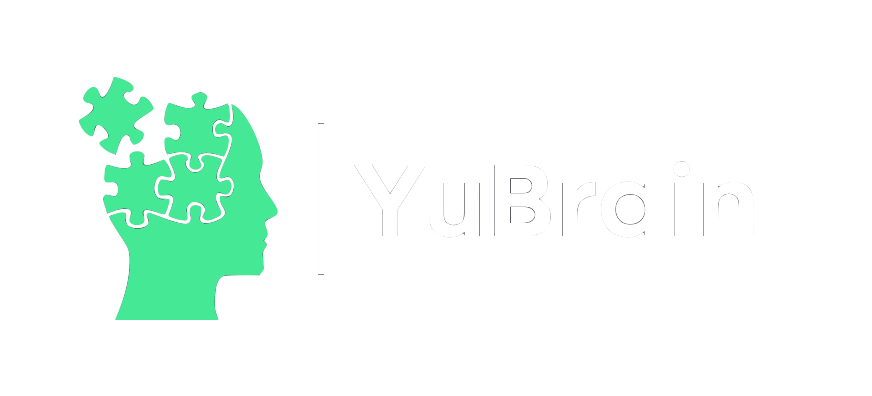Tabla de Contenidos
Frankenstein or the Modern Prometheus ( Frankenstein; or, The Modern Prometheus ) is a novel written by Mary Shelley. Published in 1818, it falls within the romantic and gothic genres, and is developed in the format of an epistolary novel. The novel tells the story of a medical student, Victor Frankenstein, who creates a living body by joining different parts of dissected corpses. The creation of this monster, which is not given a name in the novel, makes a point about morality in science; the consequences of the search for knowledge, the creation and destruction of life.
an epistolary novel
Frankenstein is written in the form of the epistolary novel, a subgenre of the novel in which the story is told through the transcription of fictional letters and documents, without dialogue between the characters or narration. The novel begins with letters from the sailor Robert Walton to his sister Margaret and later includes the first-person accounts of Victor Frankenstein himself and his child.
The epistolary novel format allows the reader to know the thoughts and feelings of each character, thus being able to empathize with them. This empathy even extends to the creature, which is rejected by all the characters in the play. The novel shows the power of style and narration, since it generates in the reader a current of empathy for a monster.
The symbolism of the texts present in the novel
The novel exposes various texts in multiple situations, as forms of communication and education, as well as as a source of truth and even as a testimony of human nature.
Letters were a ubiquitous source of communication during the 19th century, and in the novel they are used to express the most intimate feelings. For example, Elizabeth and Frankenstein confess their love through letters. The letters are also used as evidence, such as when the creature copies Safie’s letters explaining her situation, in order to validate her story to Frankenstein.
The books also play an important role in the novel, since it is through them that the creature begins to understand the world. Through reading Paradise Lost , The Parallel Lives of Plutarch, and The Sorrows of Young Werther , the creature learns to understand the De Laceys and can integrate into their family. But these texts also teach you to empathize with others as you record your own thoughts and feelings through the characters in the books.
In the novel, the texts are capable of transmitting the most intimate and emotional truths of the characters.
Frankenstein and science
Mary Shelley wrote Frankenstein in the midst of the Industrial Revolution, when great technological advances were transforming society. One of the central themes of the novel is man’s search for knowledge and scientific discoveries, advancing in the social questions that would come from this period.
Victor Frankenstein is obsessed with discovering the secrets of life and death with a ruthless ambition; he ignores his family and puts all affection aside while he continues with his studies. His academic trajectory in the novel seems to mirror the history of science: Victor Frankenstein begins with alchemy and its medieval scientific practices, and then at university he moves on to chemistry and mathematics.
Victor Frankenstein’s studies lead him to discover the cause of life, but the fruit of his search is not positive. Quite the opposite: the creation of it only brings sadness, misfortune and death. The creature that Frankenstein creates is an embodiment of what science has produced: the creature is not beautiful, as Frankenstein imagined, it is rather vulgar and hideous. Frankenstein is disappointed with his creation and that is why he falls ill, remaining bedridden for months. Catastrophe surrounds the creature, which kills Victor Frankenstein’s brother William, his wife Elizabeth and his friend Clerval, and is also indirectly responsible for Justine’s death.
In his search for the root of life, Victor Frankenstein created a deformed simulacrum of man. With the disastrous consequences of Victor Frankenstein’s creation, Mary Shelley questions the ruthless pursuit of knowledge, which ultimately causes more harm than good for humanity.
Victor Frankenstein shares his story with Captain Robert Walton as a way of warning those who, like him, would pretend to be better than nature. His story shows the hideous spawn of human arrogance. At the end of the novel, Captain Walton seems to treasure the lesson revealed to him in the story of Victor Frankenstein, turning the tide on his perilous mission to the North Pole. He shies away from the potential glory of scientific discovery to save his own life and the lives of the crew.
contrast of values
The novel poses a contradiction between the search for knowledge and the search for love, communion and family. This theme is clearly expressed through the characterization of the creature, whose motivation is to seek human compassion and companionship. Victor Frankenstein isolates himself, leaves his family behind, and ultimately loses everything he loves; all because of his scientific ambition. The creature, on the other hand, wants precisely what Victor Frankenstein has rejected; he badly wants to be embraced by the de Lacey family, but his monstrous physique prevents him from being accepted. He confronts Frankenstein to ask for a mate, but is betrayed and expelled. It is this isolation that drives the creature to seek revenge and kill. Without Frankenstein, who is a father symbol, the creature is essentially alone in the world,
There are several orphaned characters in the novel. Both the Frankenstein family and the De Lacey family adopt orphans, Elizabeth and Safie, and fraternally integrate them. But these characters are clearly different from the child: both figures are presented to demonstrate and complement the absence of a mother.
The family may be the primary source of love, and a powerful source of purpose in life as opposed to the ambition for scientific knowledge, yet it is presented as a conflicting dynamic component. Throughout the novel, the family is a figure associated with loss, suffering and hostility. The Frankenstein family is torn apart by revenge and ambition, and even the idyllic De Lacey family is scarred by poverty, the absence of a mother, and a lack of compassion as they push the child away.
Mary Shelley presents the family as a source of love and support, but also describes the family bond as complex and perhaps impossible to sublimate.
Nature
The tension between the search for knowledge and the search for belonging are reproduced in the context of a sublime nature. The sublime is an aesthetic, literary and philosophical concept of the romantic period, which is associated with ecstasy in the face of extreme beauty and the grandeur of the natural world.
The novel opens with Robert Walton’s expedition to the North Pole, then moves through the mountains of Europe with narratives of Victor Frankenstein and the creature. These desolate landscapes reflect the problems of humanity. Victor Frankenstein climbs the Montanvert Glacier as a way to clear his mind and take his sorrow away. The monster runs towards the mountains and glaciers to take refuge from civilization and human fallibilities, which cannot accept it because of its appearance.
Nature is also presented as the ultimate repository of life and death, even more important than Frankenstein and his discoveries. Nature is what ultimately kills both Victor Frankenstein and his creature, as they chase each other across the frozen desert. The sublime uninhabited landscapes, which equate beauty and terror, frame the confrontations of humanity in the novel to highlight the immensity of the human soul.
The light
One of the most important symbols in the novel is light. Light is linked to knowledge, presented as illumination, as both Captain Robert Walton and Victor Frankenstein seek illumination in their scientific pursuits. The creature, by contrast, is doomed to spend much of its life in the dark, and can only walk at night to hide from humans and their fears. The idea of light as a symbol of knowledge also refers to Plato’s allegory of the cave, in which darkness symbolizes ignorance and the sun symbolizes truth.
The symbolism of light arises when the creature burns in the embers of an abandoned campfire. In this case, fire is both a source of comfort and danger, bringing the creature closer to the contradictions of civilization. This use of fire links the novel to the myth of Prometheus, which is also expressed in the original title. Prometheus stole fire from the gods to help advance humanity, but Zeus punished him for all eternity. Victor Frankenstein similarly caught a fire of sorts for himself by harnessing a power unknown to humanity, and is forced to repent of his actions.
Throughout the novel, light is a symbol of knowledge and power, and weaves together myths and allegories to make these concepts more complex, casting doubt on whether it is possible to achieve enlightenment for humanity, and even if this objective must be pursued.
Sources
- Beatriz Villacanas. Of Doctors and Monsters: Science as Transgression in Dr. Faustus, Frankenstein, and Dr. Jekyll and Mr. Hyde . Asclepio, Magazine of the History of Medicine and Science, CSIC, Volume LIII, Madrid, 2001.
- Francisco Rodriguez Valls. The look in the mirror: anthropological essay on Frankenstein by Mary Shelley. September Editions. Oviedo, Spain, 2001.
- frankenstein . sparknotes.



